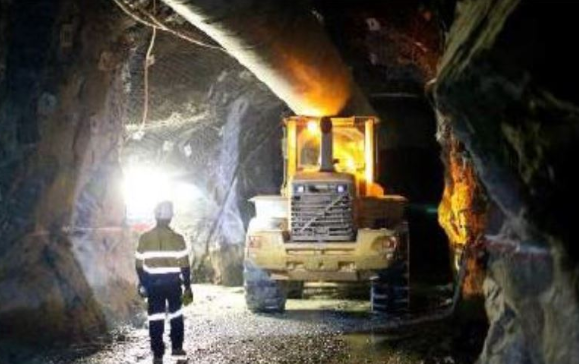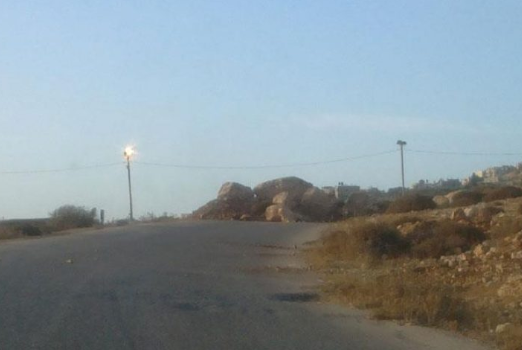6 days ago
The Science of Viagra and Erectile Dysfunction Medications
Since it’s release in 1998, Viagra has become a household word. It has not only created a revolution in the…
4 weeks ago
DIY: Installing a Programmable Thermostat
When programmable thermostats first came out, I was skeptical. I decided to do a little research, as the local power…
May 8, 2020
Tempur-pedic Mattress Review
I am convinced that if the prince’s mother from the fairy tale “The Princess and the pea” had put the…
May 4, 2020
What Was Your Best Paint By Numbers Experience?
This is Jennifer Lawrence, and I am from New York. I am 22 years old currently. I came to know…
May 2, 2020
Where To Find Christmas Gifts For Men In Missoula, Montana
Shopping for the men in your life is often difficult because there is often a smaller selection of gift ideas…
April 25, 2020
Louis Vuitton- World Renowned Brand For Handbags
There are certain topics that merit many discussions and still you might not do justice to it as some things…
April 20, 2020
Create Your Own Social Network
By now everyone has heard about social networking and some of the more popular ones like MySpace, Facebook, and Twitter.…
April 19, 2020
Vegetarian Dog Food: Is it Healthy for Your Dog?
There has been no evidence to show that dogs cannot live a healthy, fulfilled life on a vegetarian diet, and…











































 Lipodissolve is easy. Lipodissolve doesn’t require surgery. Lipodissolve only takes a few weeks. But, most importantly, Lipodissolve is permanent. Lipodissolve does have a few downsides. First of all, as the fat cells are hardening, they do become inflamed, which may cause the patient some discomfort. Lipodissolve also may be an uncomfortable procedure for patients who do not handle shots very well.
Lipodissolve is easy. Lipodissolve doesn’t require surgery. Lipodissolve only takes a few weeks. But, most importantly, Lipodissolve is permanent. Lipodissolve does have a few downsides. First of all, as the fat cells are hardening, they do become inflamed, which may cause the patient some discomfort. Lipodissolve also may be an uncomfortable procedure for patients who do not handle shots very well.
























